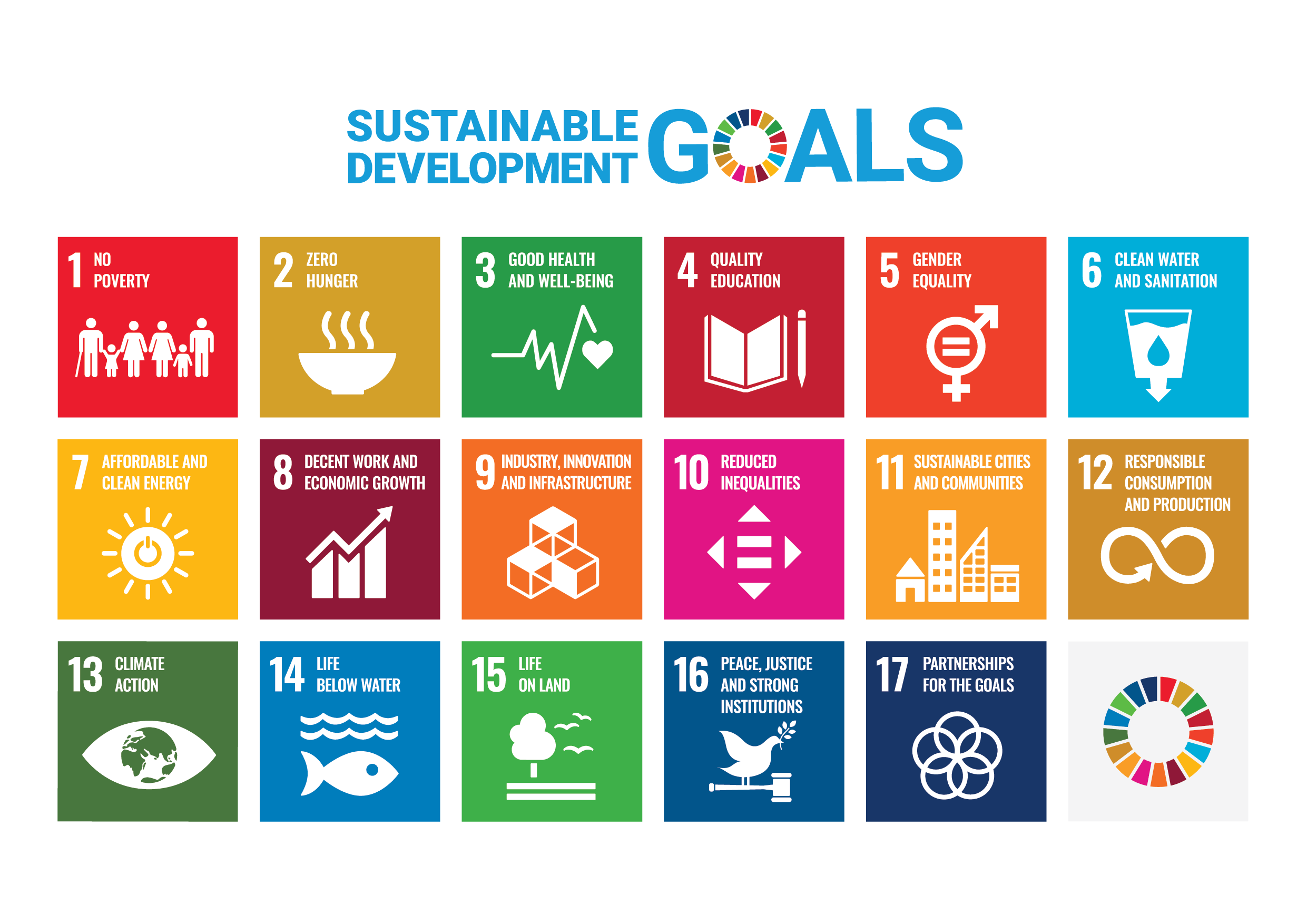Backgrounds
In our “MINT Bewegt Nachhaltig” (engl.: STEM Moves Sustainably) school laboratory, we offer young people the opportunity to engage with the pressing issues of sustainability in an interactive, hands-on way. With a focus on STEM topics (science, technology, engineering and mathematics), we want to raise awareness of the challenges of a sustainable future and at the same time awaken enthusiasm for scientific discoveries.
In the following sections, you can find out what exactly is behind the term “Education for Sustainable Development”, how the UN Sustainable Development Goals set global standards and what role the Karlsruhe Institute of Technology (KIT) plays in promoting sustainability.
What is "Education for Sustainable Development"?
Education for Sustainable Development (ESD) aims to support people in developing a sustainable way of thinking and acting. However, it goes beyond pure nature conservation, which most people associate with sustainability, and also includes economic and social issues. The core idea is that we should not live at the expense of other people or future generations, both ecologically and socially as well as economically. It is important to recognize that society, the economy and the environment are interconnected and influence each other.
The basis for ESD is the goal of “quality education”, one of the Sustainable Development Goals set by the United Nations in 2015. These goals also stipulate that ESD should be integrated into the education systems of individual countries. In Germany, however, it is not to be implemented as a separate topic or subject, but rather as an overarching theme in every lesson.
KIT and Sustainability
As one of the strongest research universities in the country, the Karlsruhe Institute of Technology (KIT) serves as a role model. In 2018, KIT received the “Learning Center for Sustainable Development” award from the German UNESCO Commission and the Federal Ministry of Education and Research for its commitment to training future stakeholders and decision-makers in the field of sustainability. KIT offers various courses and certification opportunities in the accompanying Sustainable Development program to provide further training in sustainable development issues. In addition, the “Spring Academy of Sustainability” was awarded the Baden-Württemberg Teaching Prize for ESD 2021.
All eight KIT centers conduct cutting-edge interdisciplinary research in various areas of sustainability and climate protection. They thus cover 10 of the 17 sustainability goals. The influence of sustainability can be seen in research, administration and infrastructure and how it is implemented. A special staff unit has been set up, the Sustainability Office, which is responsible for sustainability management at KIT.
In cooperation with the KLIMA ARENA Sinsheim, the Center for Teacher Training offers an additional qualification in Education for Sustainable Development for student teachers.
Terms and Conditions
| Terms and Conditions: | |
|
Price:
|
Opening Hours:
|
| Approach: | |
|
From the A5:
|
By public transportation: S-Bahn lines S2, S4, S5, S7, S8, S51
|

